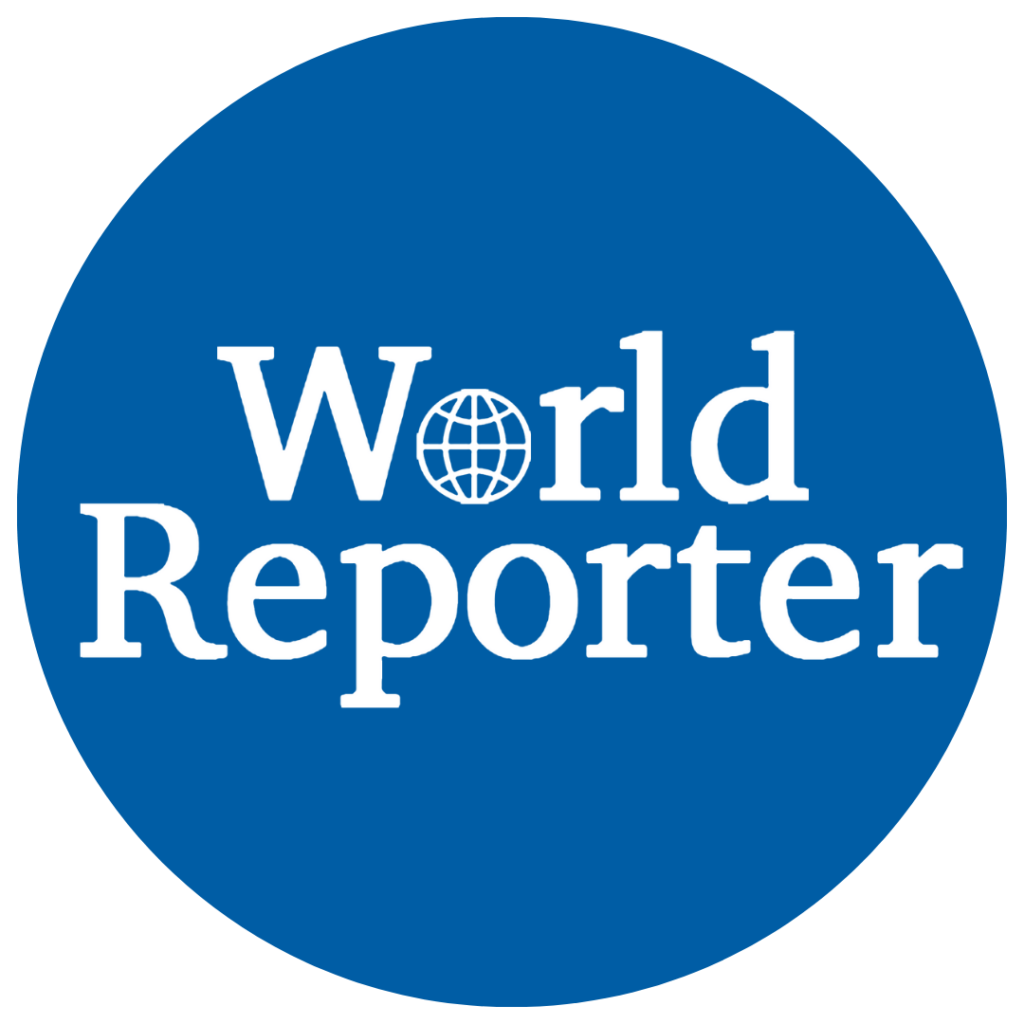As the U.S. Federal Reserve considers cutting interest rates, the implications of such a move extend far beyond American borders. The global economy is intricately linked to U.S. monetary policy, and rate cuts can have a significant impact on financial markets, international trade, debt dynamics, and global economic growth. Here’s a closer look at how U.S. rate cuts might influence the global economy.
Impact on Global Financial Markets
Currency Fluctuations
When the U.S. Federal Reserve cuts interest rates, the immediate effect is often a weakening of the U.S. dollar. A weaker dollar can lead to shifts in exchange rates worldwide, impacting global trade and investments. For countries with strong export sectors, a stronger local currency might make their goods more expensive on the global market, potentially reducing export competitiveness. Conversely, for countries that rely on imports, a stronger currency can make foreign goods cheaper, boosting consumption.
Emerging markets, in particular, could experience mixed outcomes. While a weaker dollar might ease the burden of dollar-denominated debts, these economies could also face challenges if their exports become less competitive globally.
Stock Market Reactions
Global stock markets are often sensitive to changes in U.S. interest rates. A rate cut typically lowers borrowing costs, which can stimulate investment and consumption, leading to a rise in stock prices. However, if the rate cut is perceived as a response to economic weakness, global markets might react negatively, fearing a potential slowdown in global economic growth.
Influence on International Trade
Trade Balance Adjustments
U.S. rate cuts can influence the country’s trade balance by making American goods cheaper abroad, potentially boosting exports. This improvement in the trade deficit can be beneficial for the U.S. economy but might create challenges for other countries whose currencies strengthen against the dollar, making their exports less competitive.
Commodity Prices
Commodities like oil and gold, which are priced in U.S. dollars, often see price increases when the dollar weakens. This can have significant implications for countries that rely heavily on commodity exports. For instance, oil-exporting nations might benefit from higher prices, while countries that import these commodities could face increased costs, affecting their trade balances and overall economic stability.
Effects on Global Debt Markets
Emerging Market Debt
Many emerging markets borrow in U.S. dollars, and a weaker dollar could reduce the burden of repaying these debts, easing financial pressure on these economies. Additionally, lower U.S. interest rates might lead to lower yields on U.S. debt, prompting investors to seek higher returns in emerging markets. This could result in capital inflows, boosting these economies but also potentially leading to overheating and financial instability if not managed carefully.
Corporate Debt
Global corporations with debt tied to U.S. interest rates could benefit from reduced borrowing costs following a rate cut. This could encourage increased investment and expansion. However, companies might also face currency risks if they earn revenue in weaker foreign currencies while their debt obligations are in U.S. dollars.
Impact on Global Economic Growth
Stimulus for Global Growth
U.S. rate cuts can serve as a stimulus for global economic growth by making capital cheaper and more accessible. This can lead to increased global investment and consumption, particularly in economies closely tied to the U.S. through trade and financial markets. The interconnected nature of the global economy means that a boost in U.S. economic activity can have positive ripple effects worldwide.
Risk of Inflation
While rate cuts can stimulate growth, they also carry the risk of fueling inflation, particularly in emerging markets where capital inflows might lead to overheating. Central banks in these countries might need to adjust their own monetary policies to counteract potential inflationary pressures, leading to a complex interplay of global economic forces.
Responses from Other Central Banks
Monetary Policy Adjustments
Central banks around the world often respond to U.S. rate cuts by adjusting their own interest rates to maintain currency stability and control inflation. This can lead to coordinated or uncoordinated shifts in global interest rates, affecting international borrowing costs and investment decisions. The responses of these central banks can either amplify or mitigate the effects of U.S. rate cuts on the global economy.
Competitive Devaluations
In some cases, countries might devalue their currencies in response to a weaker dollar to protect their export competitiveness. This could lead to currency wars, where nations compete to devalue their currencies, potentially destabilizing global markets.
In summary, U.S. rate cuts have far-reaching implications on a global scale, influencing financial markets, trade balances, debt markets, and economic growth. The interconnected nature of the global economy means that decisions made by the U.S. Federal Reserve can ripple across the world, affecting economies large and small. As such, global businesses, investors, and policymakers closely monitor U.S. monetary policy, understanding that changes in interest rates can set off a chain reaction with significant global consequences.








